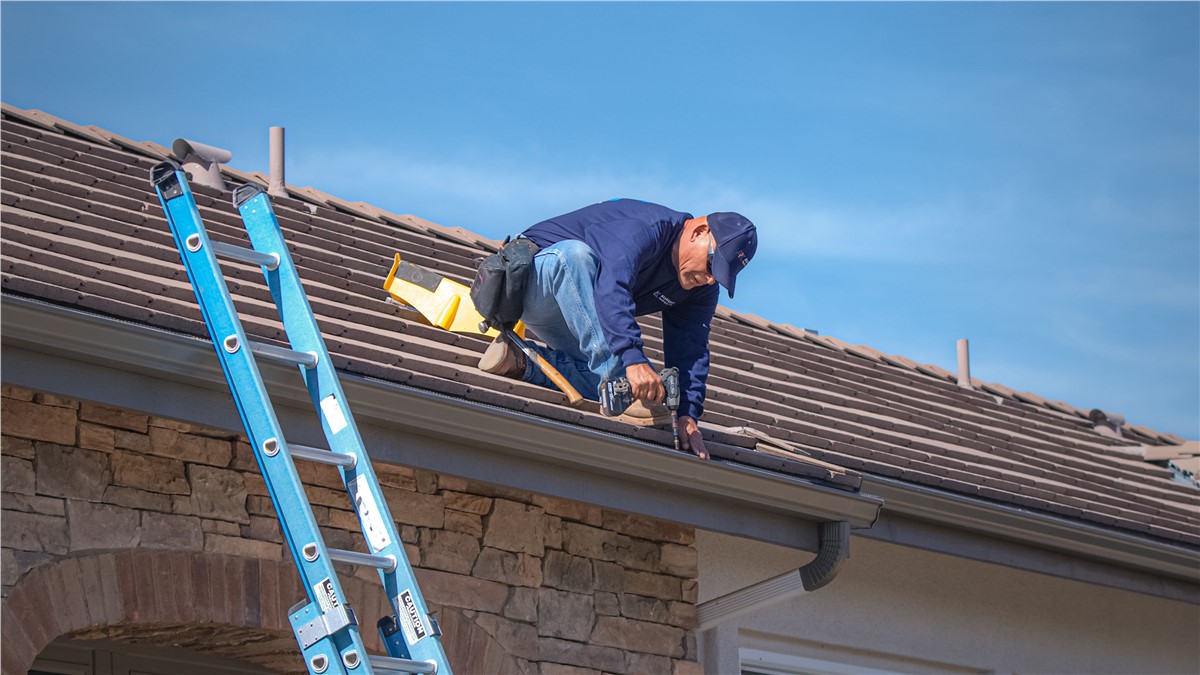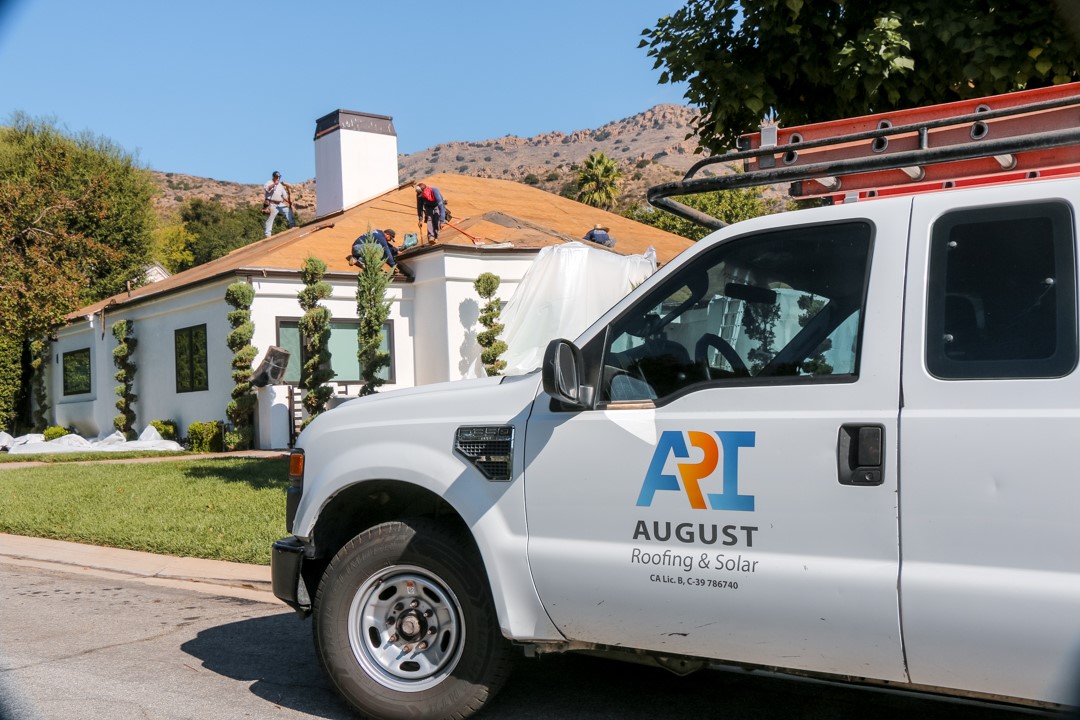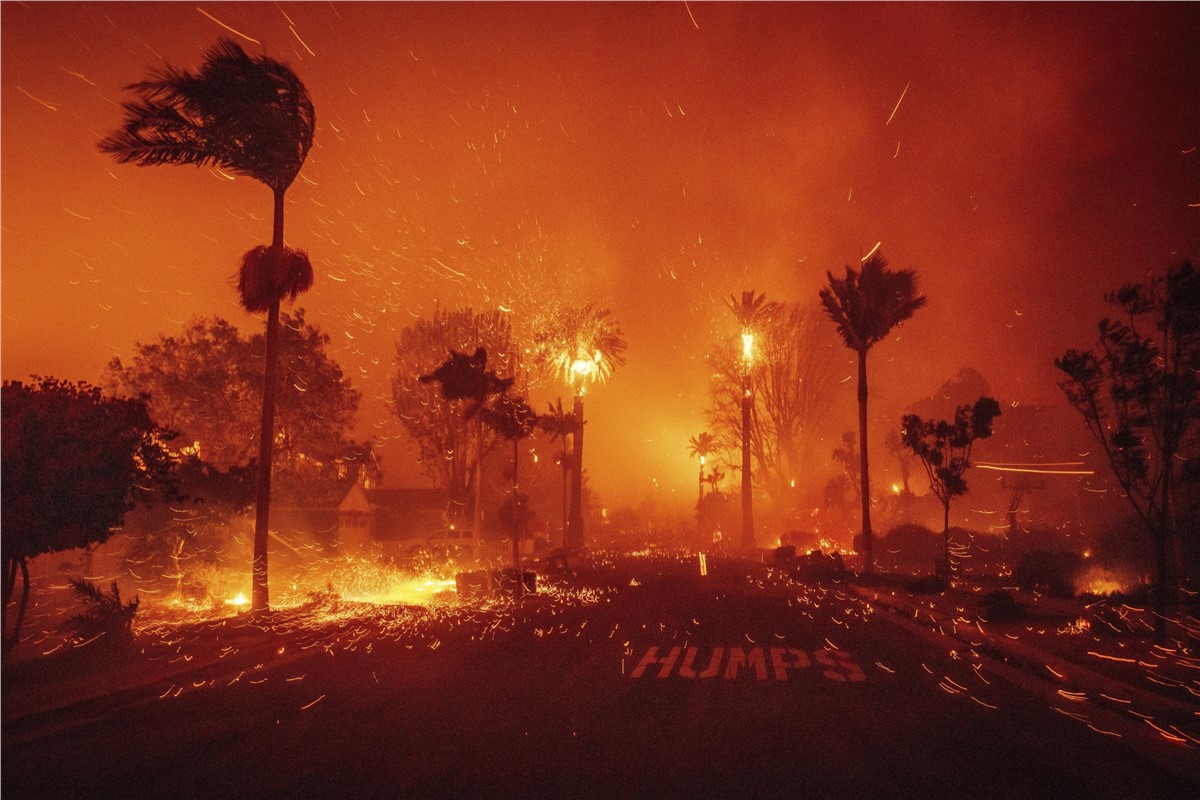It's the holiday season, so if you are the festive type you may want to display holiday lights. Or if you are really festive, you may actually want to display decorative lights year-round. Either way, you should be careful for your personal safety and for the protection of your roof. If you aren't careful, hanging lights on your roof can cause damage that may expose your home and family to leaks, mold, and other problems.
However, there's no need to be a Grinch this season. If you are looking for a way to hang lights on your roof without causing any damage, we have a few simple tips and tricks so you can easily hang lights without damaging your roof.
Determine the Amount and Type of Lighting and Hangers You Need
When decorating your home for the holiday season, it is important to take into consideration the number of lights you are using and how that may affect your roof. Determine how much lighting you need by calculating the total linear footage of the area. Then, determine how many lights you can string together without overloading your electrical circuits.
LED light strings are an excellent choice as they typically allow you to connect 8 to 10 times more lights together end to end while only using one standard plug outlet. With traditional mini-lights, you can usually connect no more than three strands without risking overloading your circuit breaker. LED light strings also come in a variety of color options and sizes with options for both indoor and outdoor use. You can find them in both white or multicolor, making them perfect for creating unique designs or simply adding a festive look to any space. Furthermore, LED bulbs draw significantly less electricity than traditional incandescent bulbs which means reduced energy bills when decorations are up!
Many holiday lights are sold with plastic cords and connectors. These will deteriorate quickly in the sun, not only making them more fire-prone but also making it easier for the cords to come loose from their connections. In addition, some of the wires themselves can melt and cause a fire.
Knowing which type of clip to use is essential for ensuring that your roof remains safe and secure. All-in-one clips are best for attaching lights to shingles and gutters. Use all-in-one clips to quickly and securely attach lights directly to shingles or gutters with minimal damage, allowing you to enjoy a beautiful display without worrying about long-term consequences. These versatile clips can be used on many different types of roofs and come in various sizes so you can find the perfect fit for your needs. Eave clips are ideal for around the perimeter of the roof. They provide a secure and easy way to hang lights around the perimeter of any roof, regardless of its material or shape. Eave clips are easy to install and remove, making them the perfect solution for your lighting needs. Hanging lights on a clay tile roof works best with light hangers specifically designed with teeth that can slip between the grooves of your roof and a hole on the opposite end to secure your light strings. The hooks are made of durable material that won't break or damage tiles while they're being installed or removed. Additionally, they come in different sizes so you can choose one that fits securely into the grooves of your roof without slipping out.
Make sure to inspect your lights regularly and replace any damaged or worn-out parts or strings.
Inspect The Areas Where You'll Be Hanging Lights
Before hanging any type of lighting system on your roof, it is important to know what type of material your particular roof is made out of. This will help ensure that whatever type of lighting system you choose will not damage or weaken your existing structure in any way. Safety should always be taken into consideration when installing any kind of equipment onto a rooftop surface – no matter how large or small.
Prior to hanging lights, take the time to inspect the area and make sure it's safe. After all, you don't want any accidents to occur while you're working.
Look for loose or broken tiles and use a ladder to check if the nails are secure. If they're not, you'll need to find another place to hang your lights.
Inspect your gutters to make sure they are in good shape and securely fastened to your roof.
Check the eaves and flashing for proper working order without deterioration or rot.
You'll want to make sure your roof is structurally sound before putting any decorations up there.
Additional decorations like Santa and his reindeer may seem an excellent addition to your roof, but if your roof isn't structurally sound and you don't properly secure the decorations, they can come crashing down in an unwelcome holiday surprise. You will want to determine if you have additional points of contact that can be used as anchors for any decorations or fixtures on your roof.
How to Safely Hang Holiday Lights on Your Roof
The holiday season is the perfect time to add some extra sparkle and joy to your home. Hanging lights can be a great way to bring life and light to your outdoor space all year round. But, if you want to avoid damaging your roof in the process, it’s essential that you take proper steps when hanging lights around your house.
- Make sure that the lights you use are specifically designed for outdoor purposes. This will ensure they are waterproof and durable enough to withstand any weather conditions. The lights should also be able to endure extreme temperatures and have a long lifespan. The lights should be easy to install and should be on a timer that can be easily adjusted for the lighting environment.
- Choose a location for your lights that won't cause too much strain on your roof. Avoid hanging them from the roof's edge. Look for areas with strong support beams or studs so that the weight of the lighting fixtures won’t pull down on the structure of your home. Be sure that your lights and decorations are installed properly and securely.
- Don't puncture your roof or pierce your shingles. If a nail or screw pierces an insulation pocket, water can easily infiltrate your home and cause damage. Instead, you should install hooks on the gable ends of your roof. Make sure that these hooks are installed securely and that the wires are not routed over any part of your home's exterior that may cause the wires to be damaged by rough weather or become a fire hazard.
- Avoid placing your lights in areas that are prone to water accumulation.
- Install your lights using the appropriate mounting hardware. Install hooks on the edge of your roof, installed as far away as possible from the edge, to avoid them being damaged by falling debris. If you're planning on running wires across your roof, you should avoid using staples and nails. Instead, use wire staples that are specially designed to keep electrical wires in place. You should also use a wire that is made of a material that won't be damaged by the sun.
- Hang lights during sunny conditions so that you can see where you step. Take your time so you don't slip and fall, and make sure to stay away from the edge of your roof. Soft-soled shoes will help you avoid damaging shingles. For clay tile roofing, walking on peaks on top of the tiles instead of valleys between the tiles provides more strength if you absolutely have to walk on the roof. Hanging lights can be a challenge, especially when it comes to avoiding damaging your roof or yourself. When it comes to your roof, safety always comes first.
From stringing up icicle lights overhead or adding festive flair with net lighting, there are plenty of options for decorating outdoors without risking damage. By following these tips, you can get your outdoor lights hung up safely and securely – all while creating a joyous holiday atmosphere for the holiday season.
Tags
Subscribe to August Roofing & Solar's Blog





Comments